A round-up of the best works of art to enter public collections recently
Los Angeles County Museum of Art
Pénétrable BBL bleu (1999), Jesús Rafael Soto
The Venezuelan painter and sculptor Jesús Rafael Soto began creating his celebrated series of ‘Pénétrables’ in the 1960s. This example in blue has been acquired by LACMA in response to the popularity among museum attendees of the yellow Pénétrable which was loaned to the museum between 2011 and 2017. Visitors are free to enter and move through the installation’s suspended plastic tubes, immersing themselves in fluid fields of light and colour.
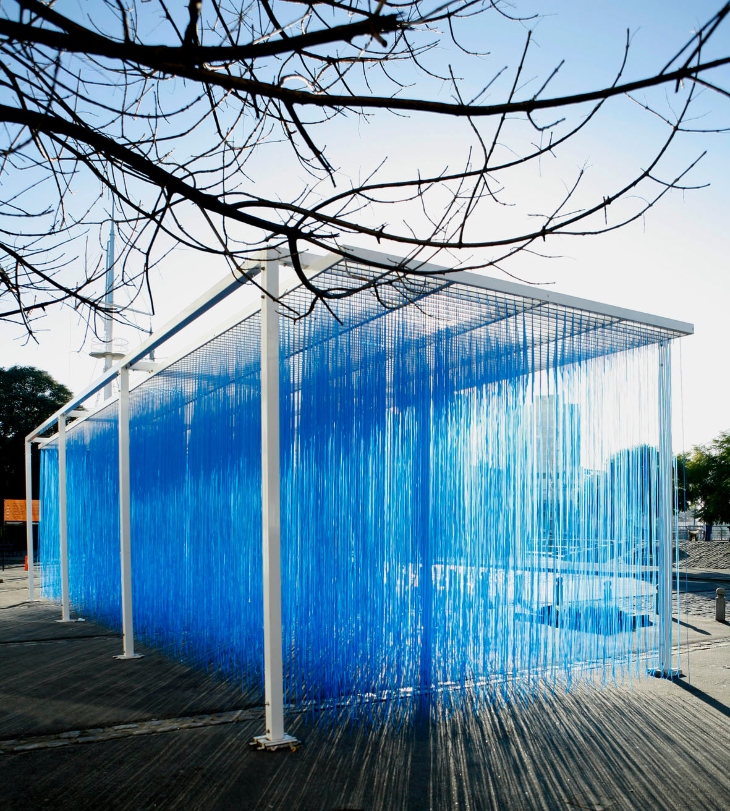
Pénétrable BBL bleu (1999), Jesús Rafael Soto. Los Angeles County Museum of Art. Photo: Archives Soto; © Jesús Rafael Soto/ADAGP 2020
Musée du Louvre, Paris
Portrait of Cardinal Jules Mazarin (c. 1642-49), Simon Vouet
A pastel portrait of the Italian cardinal Jules Mazarin, who became first minister of France after moving to Paris in 1640, emphasises the bright red tones of his cardinal robes. The work joins several by Simon Vouet that are held at the Louvre. The Paris-born Vouet, first painter to King Louis XIII, had made his name in Italy and, when summoned to return, brought with him and made fashionable the Italian baroque style.
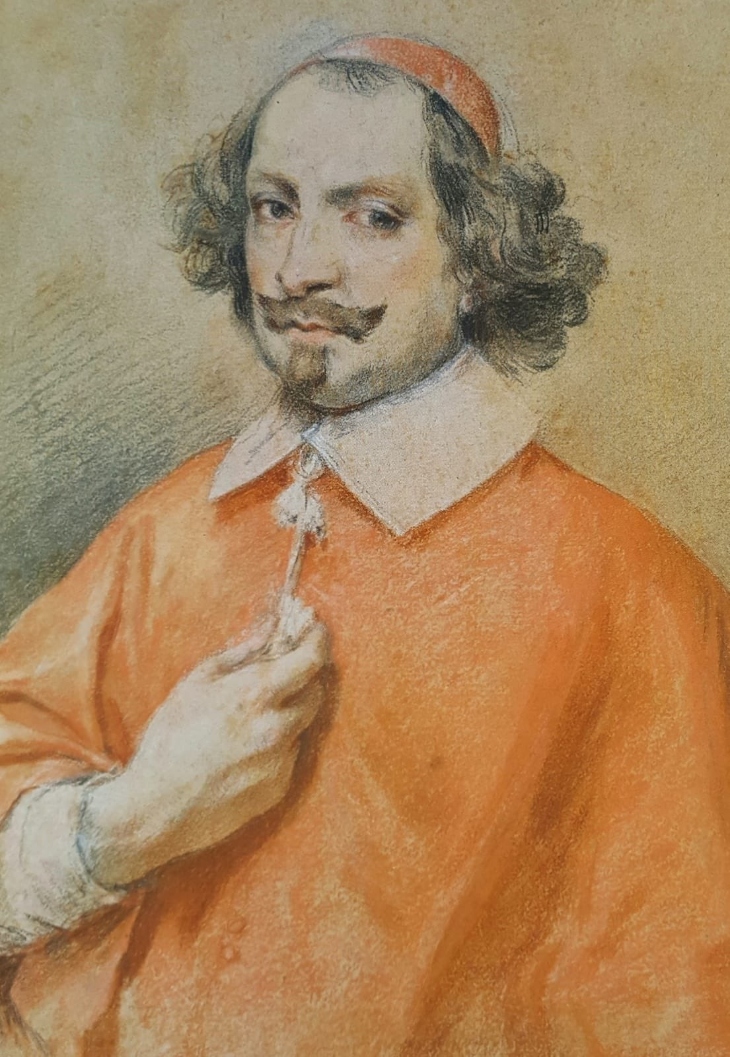
Portrait of Cardinal Jules Mazarin (c. 1642–49), Simon Vouet. Musée du Louvre, Paris. © Christie’s Images Limited 2020
Maximilian Museum, Augsburg
Two limestone putti (c. 1525–30), Hans Daucher
Two putti by the German Renaissance sculptor Hans Daucher, which were sold to a Parisian dealer at auction last year for €2.3m, are returning to his birthplace of Augsburg after 200 years – thanks to a combination of federal and state funding, and support from the Ernst von Siemens Kunststiftung. Carved in limestone, the pair (along with four other angels) once decorated a balustrade of the Fugger chapel at St Anna’s church, which was dismantled in 1821. Until their recent discovery in a chateau in France they were thought to be lost.
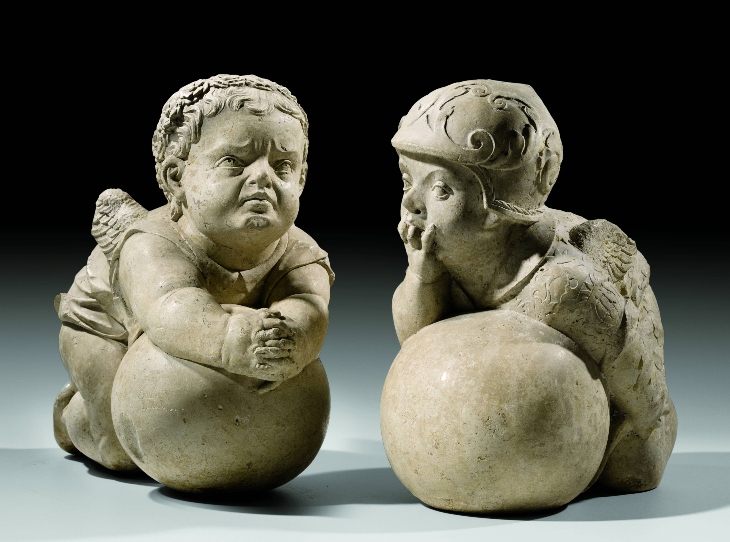
Two putti (c. 1525–30), Hans Daucher. Maximilian Museum, Augsburg. Photo: Sotheby’s Paris
National Gallery, London
Three 18th-century works from the collection of George Pinto
Three works from the estate of art collector George Pinto have been received by the National Gallery, of which Pinto was a patron, as part of the government’s Acceptance in Lieu scheme. The Lavergne Family Breakfast (1754), a charming scene of a mother serving breakfast to her child by Jean-Étienne Liotard, is widely considered his most ambitious work in pastel; it has been on loan to the gallery since 2018. Another work, a canvas from around 1777 by Thomas Gainsborough, is of his daughter Margaret in her adult years, complementing the two childhood portraits of her with her sister Mary in the gallery’s collection. The third work to be acquired is a painting from around 1790 of the Hon. Peniston Lamb by the English portraitist Thomas Lawrence.

Portrait of Margaret Gainsborough holding a Theorbo (c. 1777), Thomas Gainsborough. National Gallery, London. Photo: courtesy National Portrait Gallery, London
New-York Historical Society
Scenes of New York City
Some 113 representations of New York City and its inhabitants have been promised to the New-York Historical Society by philanthropists Elie and Sarah Hirschfeld. The collection, which includes paintings, sculpture and works on paper from the mid 19th century to the 21st century, brings several new artists to the society’s holdings, including Edward Hopper, Willem de Kooning and Mark Rothko. An exhibition of the works is slated for 2021, after which they will be displayed in rotation at a permanent, dedicated space.
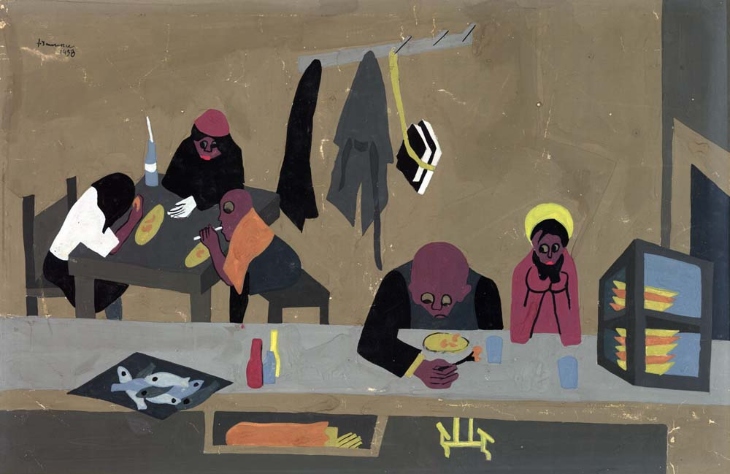
Harlem Diner (1938), Jacob Lawrence. © 2020 The Jacob and Gwendolyn Knight Lawrence Foundation, Seattle/Artists Rights Society (ARS), New York
Rijksmuseum, Amsterdam
The Body of Christ Supported by Angels (c. 1587), Bartholomeus Spranger
The body of Christ is shown collapsed in the arms of an angel, who stands over his empty tomb in this powerful depiction of the Passion by the Flemish artist Bartholomeus Spranger, who from 1581 served as court painter to Rudolf II in Prague. The small devotional work on copper plate has been donated to the Rijksmuseum by the collector and dealer Bob Haboldt, a gift intended to commemorate the victims of the Covid-19 pandemic and to encourage the support of museums during this difficult time.
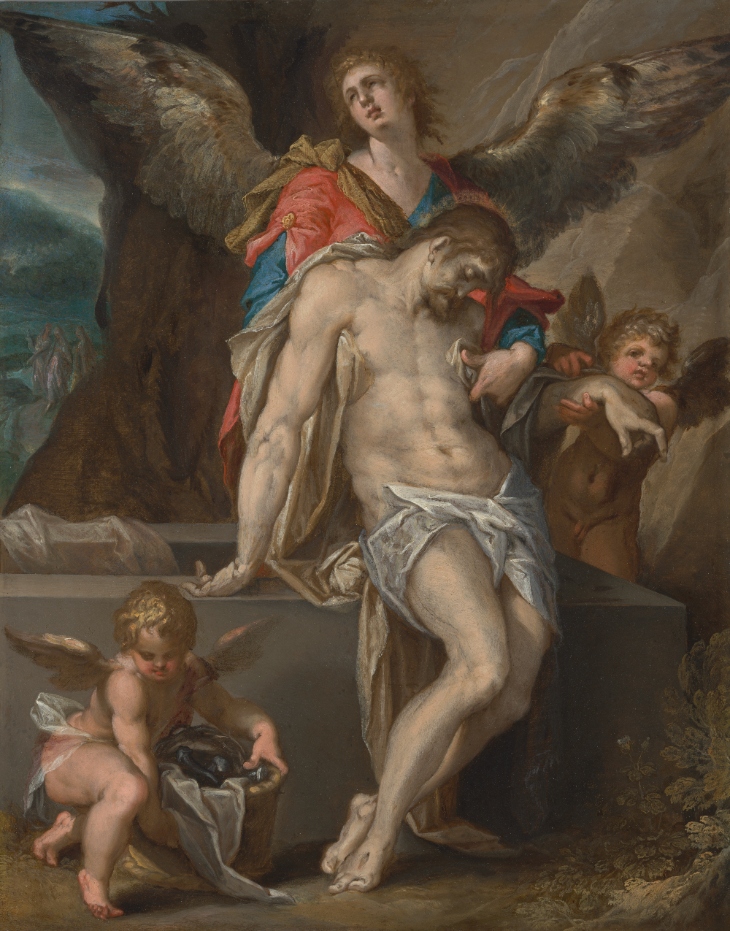
The Body of Christ Supported by Angels (c. 1587), Bartholomeus Spranger. Rijksmuseum, Amsterdam
Sainsbury Centre, Norwich
Sculptures, drawings and prints by Elisabeth Frink
A group of works by the British sculptor Elisabeth Frink, known for her expressionistic depictions of animals and humans heads, have entered the permanent collection of the Sainsbury Centre at the University of East Anglia in Norwich, where they were previously displayed as part of a monographic exhibition in 2018–19. The selection, made in accordance with the wishes of Frink’s late son Lin Jammet, spans the full range of the artist’s career; of particular significance are her large-scale ‘Mirage Birds’ from 1969, which have been installed in the centre’s sculpture park, and busts from her Goggle Heads and Tribute Heads series.
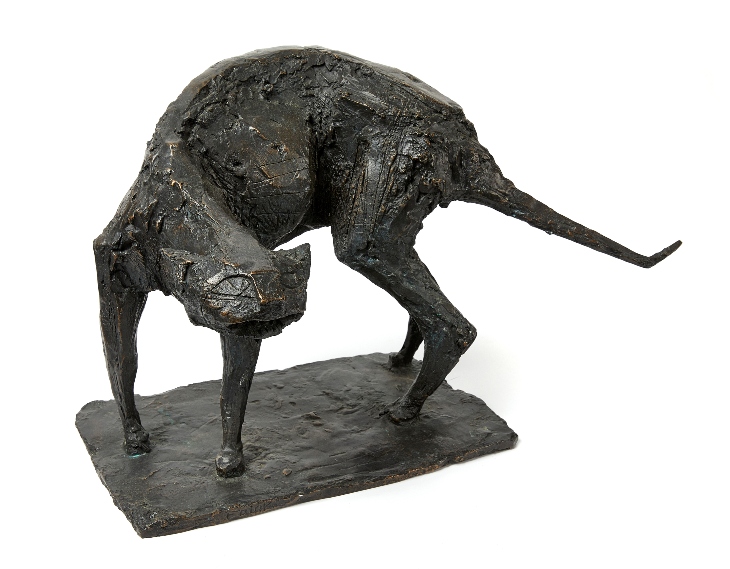
Cat (1953), Elisabeth Frink. Sainsbury Centre, University of East Anglia, Norwich. Photo: Pete Huggins














![Masterpiece [Re]discovery 2022. Photo: Ben Fisher Photography, courtesy of Masterpiece London](http://zephr.apollo-magazine.com/wp-content/uploads/2022/07/MPL2022_4263.jpg)
‘Like landscape, his objects seem to breathe’: Gordon Baldwin (1932–2025)